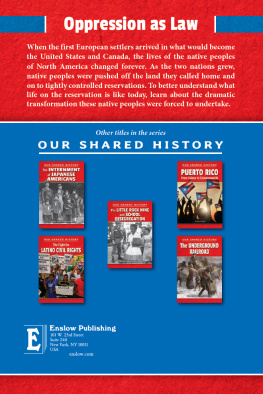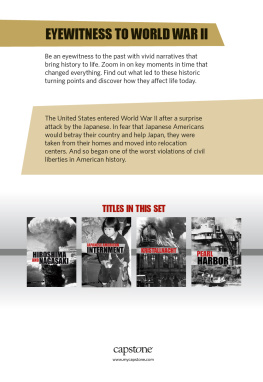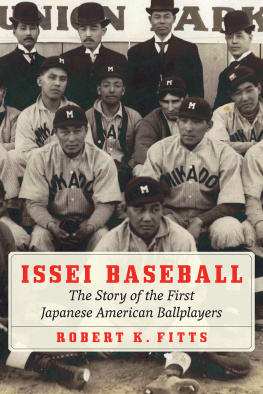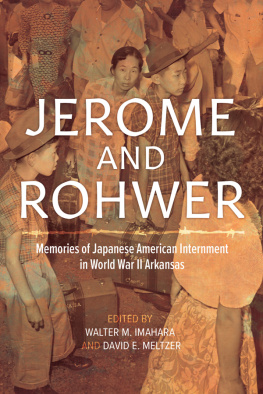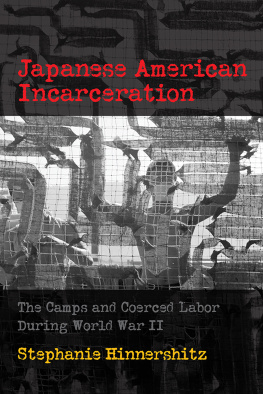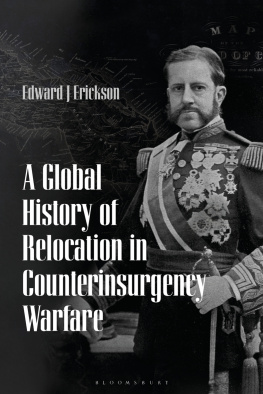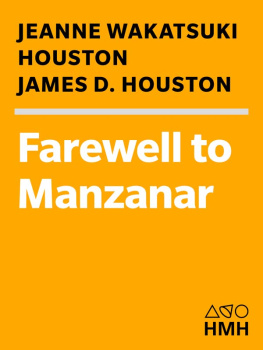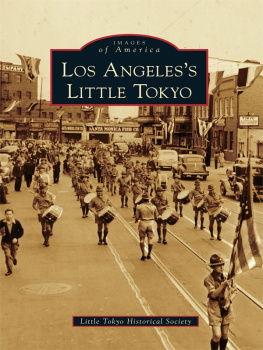In this revisionist history of the US governments relocation of Japanese American citizens during World War II, Roger W. Lotchin challenges the prevailing notion that racism was the cause of the creation of relocation centers. After unpacking the origins and meanings of American attitudes toward the Japanese Americans, Lotchin then shows that Japanese relocation was a consequence of nationalism rather than racism. Lotchin also explores the conditions in the relocation centers and the experiences of those who lived there, with discussions on health, religion, recreation, economics, consumerism, and theater. He honors those affected by uncovering the complexity of how and why their relocation happened and makes it clear that most Japanese Americans never went to a relocation center. Written by a specialist in US home front studies, this book will be required reading for scholars and students of the American home front during World War II, Japanese relocation, and the history of Japanese immigrants in America.
Roger W. Lotchin is Emeritus Professor in the Department of History at the University of North Carolina, Chapel Hill, where he taught for almost fifty years. He is a specialist in US home front studies and war and urban society and the author of numerous books and articles, including Fortress California, 19101961: From Warfare to Welfare (1992), The Bad City in the Good War: San Francisco, Los Angeles, Oakland, and San Diego (2003), and San Francisco, 18461856: From Hamlet to City (1974).
Roger W. Lotchin
University Printing House, Cambridge CB2 8BS, United Kingdom
One Liberty Plaza, 20th Floor, New York, NY 10006, USA
477 Williamstown Road, Port Melbourne, VIC 3207, Australia
314321, 3rd Floor, Plot 3, Splendor Forum, Jasola District Centre, New Delhi 110025, India
79 Anson Road, #0604/06, Singapore 079906
Cambridge University Press is part of the University of Cambridge.
It furthers the Universitys mission by disseminating knowledge in the pursuit of education, learning, and research at the highest international levels of excellence.
www.cambridge.org
Information on this title: www.cambridge.org/9781108419291
DOI: 10.1017/9781108297592
Roger W. Lotchin 2018
This publication is in copyright. Subject to statutory exception and to the provisions of relevant collective licensing agreements, no reproduction of any part may take place without the written permission of Cambridge University Press.
First published 2018
Printed in the United States of America by Sheridan Books, Inc.
A catalogue record for this publication is available from the British Library.
ISBN 978-1-108-41929-1 Hardback
ISBN 978-1-108-41039-7 Paperback
Cambridge University Press has no responsibility for the persistence or accuracy of URLs for external or third-party internet websites referred to in this publication and does not guarantee that any content on such websites is, or will remain, accurate or appropriate.
This book is dedicated to our three Asian American grandchildren, Michael, Matthew, and McKenna Lotchin, who will carry forward the immigrant experience of their mother, Sarah Kristine Peters Lotchin, and their great-grandfather, Theodore Lotchin, people from opposite ends of the Earth who fled to America by plane and ship to escape from war, persecution, and discrimination .
And to Hatsuye Egami and Dorothy Cragen, mother and teacher, two of the unsung heroines of World War II .
Contents
Part I The Reach of American Racism?
Part II Concentration Camps or Relocation Centers?
Part III The Demise of Relocation
Figures
Preface
Perhaps every author owes it to his readers to explain why he has written his book. For some of my books and articles this might be difficult, but the motivation for this one is clear-cut. I published The Bad City in the Good War: San Francisco, Los Angeles, Oakland, and San Diego in 2003 with Indiana University Press. In it, I included chapters on various groups, including the Japanese Americans and their unfortunate relocation experiences. Soon after 2003, I was asked by Professor Robert Cherny to give a talk on Japanese relocation at the Pacific Coast Branch of the American Historical Association meeting in Honolulu. Since it was an interesting challenge and because only a hidebound mainlander who was bereft of his senses, as the Ancient Greeks would have said, would turn down a trip to Hawaii, I accepted.
That assignment led me into a closer reading of Japanese American history in general and of relocation studies in particular. At the outset of the great civil rights movement of the latter half of the twentieth century, the subject of relocation produced an enormous literature of books, articles, dissertations, and book reviews. It is a literally stupendous oeuvre. But the principal contentions of this literature that racism inspired relocation and that the Japanese American relocation facilities functioned as concentration camps struck me as overstatements that merited reconsideration. Indeed, the literature seemed so weighted that I
But before addressing this issue, several explanations are in order. One is that only a minority of Japanese Americans ever went into either assembly centers or relocation centers or internment Five of these groups never went to centers.
Second, perhaps alone among American immigrants, the Japanese employed specific designations for each generation. The term Issei refers to immigrants or first-generation Americans; the term Nisei refers to second-generation citizens; Kibei were those members of the second generation who were sent to Japan to be educated or raised (often as dual citizens); and Sansei was the third generation, a tiny minority in 1941. Nikkei were the entire group.
Finally, since the term racism figures so prominently in the Japanese American story of historians, a word about that term is in order. I have used a twofold standard to define racism. Racism is a term variously defined, but at its core refers to antagonism based on a belief in the biological inferiority of the other. In other words, as one historian put it, classing and differentiating a segment of the population negatively on the basis of their race, impossible to overcome by anything the individuals can do to alter that status, is commonly considered racist.
I realize that this is only one definition of racial worldviews, but to me the idea is not in need of redefinition. Superiority and inferiority stand at the heart of the concept, and Dowers litany of the allegorical characteristics of the racist is sufficiently widely accepted to justify using it as a model. So when I speak of racism, these are the standards that I am using. Others may prefer another standard, but this is mine. To argue endlessly about this meaning of racism or other words such as racialized is to lose sight of the ultimate goal of reinterpreting the relocation story.
The racial hypothesis both surprised and puzzled me because of the many Asians involved in World War II, most of them were US allies Chinese, Koreans, Burmese, Indians, and Melanesians. The Japanese were the only significant body of people of another race that is, Asians who willingly fought against the United States. Moreover, as I have found over my career, in the world since the French Revolution, including the mid and late twentieth century and early twenty-first century that I have lived through, it seemed clear to me that the most brutal political episodes of genocide, rebellion, war, and civil war happened between peoples of the same race, whatever they might have been called. In the twentieth century that would include both world wars, the Mexican Revolution, the Russian Revolution and purges, the Spanish Civil War, the 1960s Nigerian Civil War, the World War II Eastern Front, the Maoist upheavals in China, the Cambodian genocide, the Armenian massacres, the Balkan mayhem of either the pre- or post-World War I era, of the post-World War II period, and of the 1990s, and the Rwandan genocide of the same decade. These were always catastrophic tragedies within races, not between them. The brutal American treatment of African-Americans and Indians was an anomaly, though its Civil War was not.


